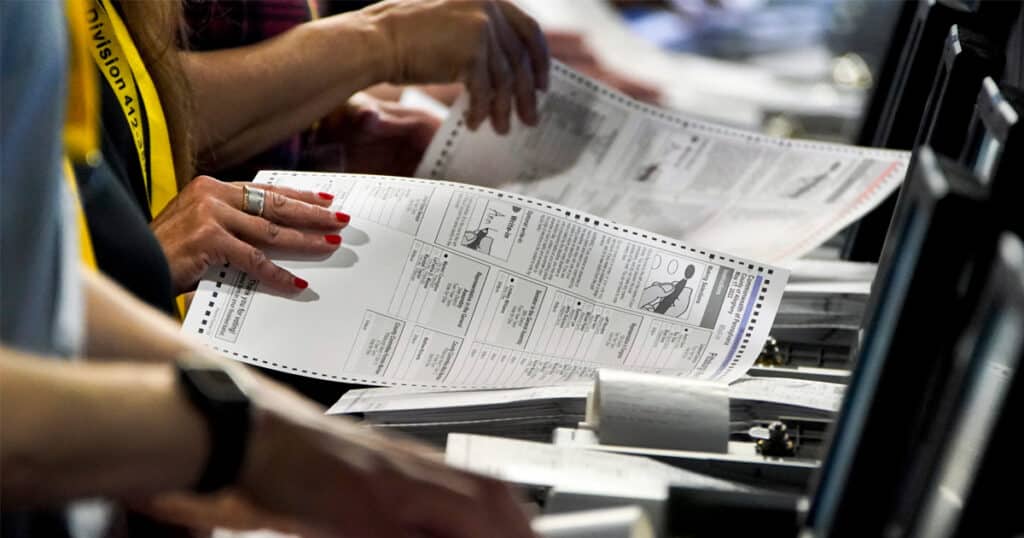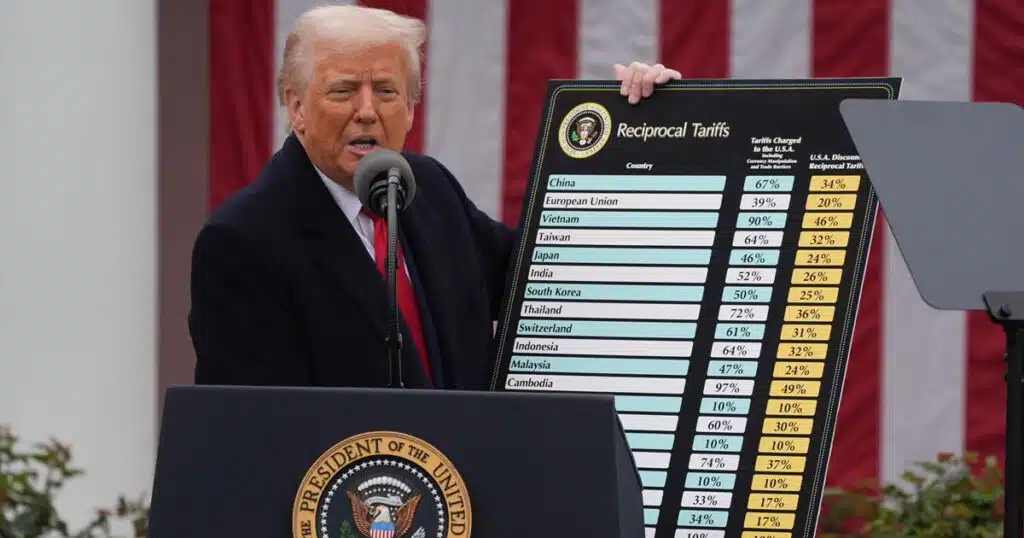
Nearly 11 Million Midterm Ballots in California Lost, Over 200,000 Ballots Rejected by Officials
Last mid-November, an onslaught of federal alphabet agencies led by members of the Election Infrastructure Government Coordinating Council Executive Committee said in a statement that, “The November 3 election was the most secure in American history…There is no evidence that any voting system deleted or lost votes, changed votes, or was in any way compromised.”
The upbeat proclamation no doubt continues to reassure the 10 million-plus California voters whose midterm ballots are still lost.
A recent study by the election integrity firm Public Interest Legal Foundation, discovered 10.9 million out of the total 22,184,707 million ballots mailed out to California registered voters during the 2022 midterm elections were “unaccounted for.” Yes, nearly half of California’s mail-in ballots weren’t counted during the last election.
The group also found 226,250 mail ballots were rejected by election officials.
“Mail voting practices have an insurmountable information gap,” said the PILF in a press release. “The public cannot know how many ballots were disregarded, delivered to wrong mailboxes, or even withheld from the proper recipient by someone at the same address.”
California’s new mass-mail law, also known as Assembly Bill 37, was signed by California Governor Gavin Newsom in 2021 in response to the COVID pandemic. The legislation requires all active registered voters in the state to be automatically mailed ballots for upcoming elections, whether they request a mail-in ballot or not.
The Election Integrity Project California warned an all-vote-by-mail ballot election could end up with hundreds of thousands of likely deceased or relocated voters receiving ballots, along with thousands of more voters being mailed two or more ballots.
Added findings by the EIP suggest the entire state has bloated voter lists that demonstrate 13 counties now have more registered voters than eligible citizens, according to EIP’s chief analyst, Ellen Swensen, in a story posted by the California Globe.
Ultimately, the main problem with mail-in ballots is late arrival, the PILF asserted.
“During the 2022 primary and general elections in California, the most common reason for rejection was late arrival. The United States Post Office sets a 94 percent success rate for timely delivery of political mail, so the failure to deliver ballots on time is not surprising.”
California state law requires mail ballots to be postmarked no later than Election Day and then arrive to elections officials for counting no later than seven days after Election Day. For the November contests, more than 57,000 ballots arrived after November 15, setting them up for immediate rejection.
Similar ballot rejections occurred in 2020, as the Globe reported in July 2020 following the Primary Election. Data from the California Secretary of State’s Office showed over 100,000 mail-in ballots in the Golden State were rejected in the March 2020 presidential primary — amounting to 1.5 percent of the 7 million mail-in ballots sent out and then returned that year.
The total 1.5 percent of rejected ballots was higher than the 1.4 percent nationwide rejection rate and the highest in California elections since 2010, the statistics indicated.
Interestingly, during the latest election cycle, the National Association of Letter Carriers — the labor union that represents hundreds of thousands of postal workers, and clearly maintains a vital role in the all-mail-ballot elections — endorsed Democrat Joe Biden for president, the Associated Press reported in 2020.
Said the PILF: “These rejections represent potential disenfranchisement of voters because of the switch to mail balloting.”



